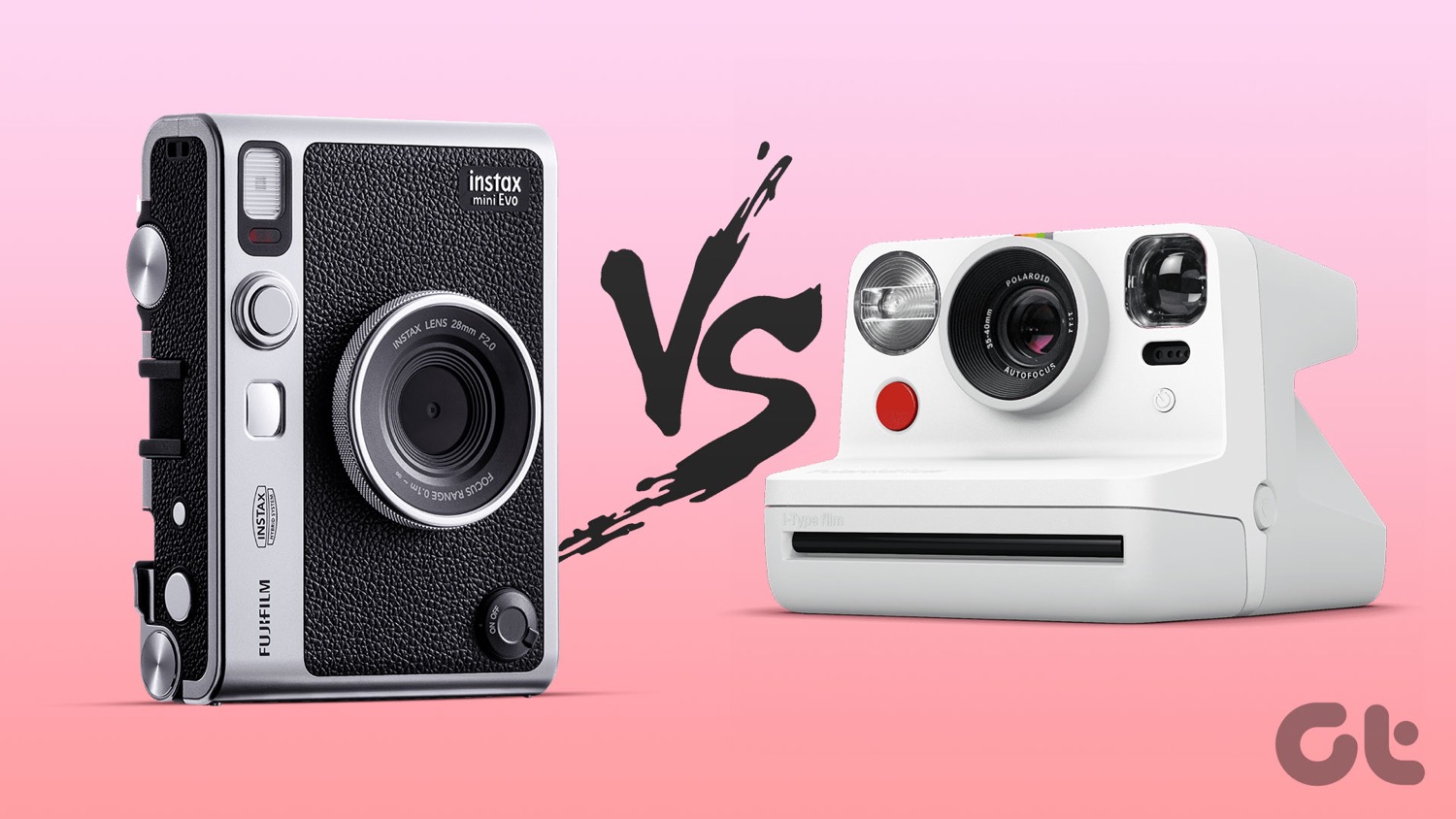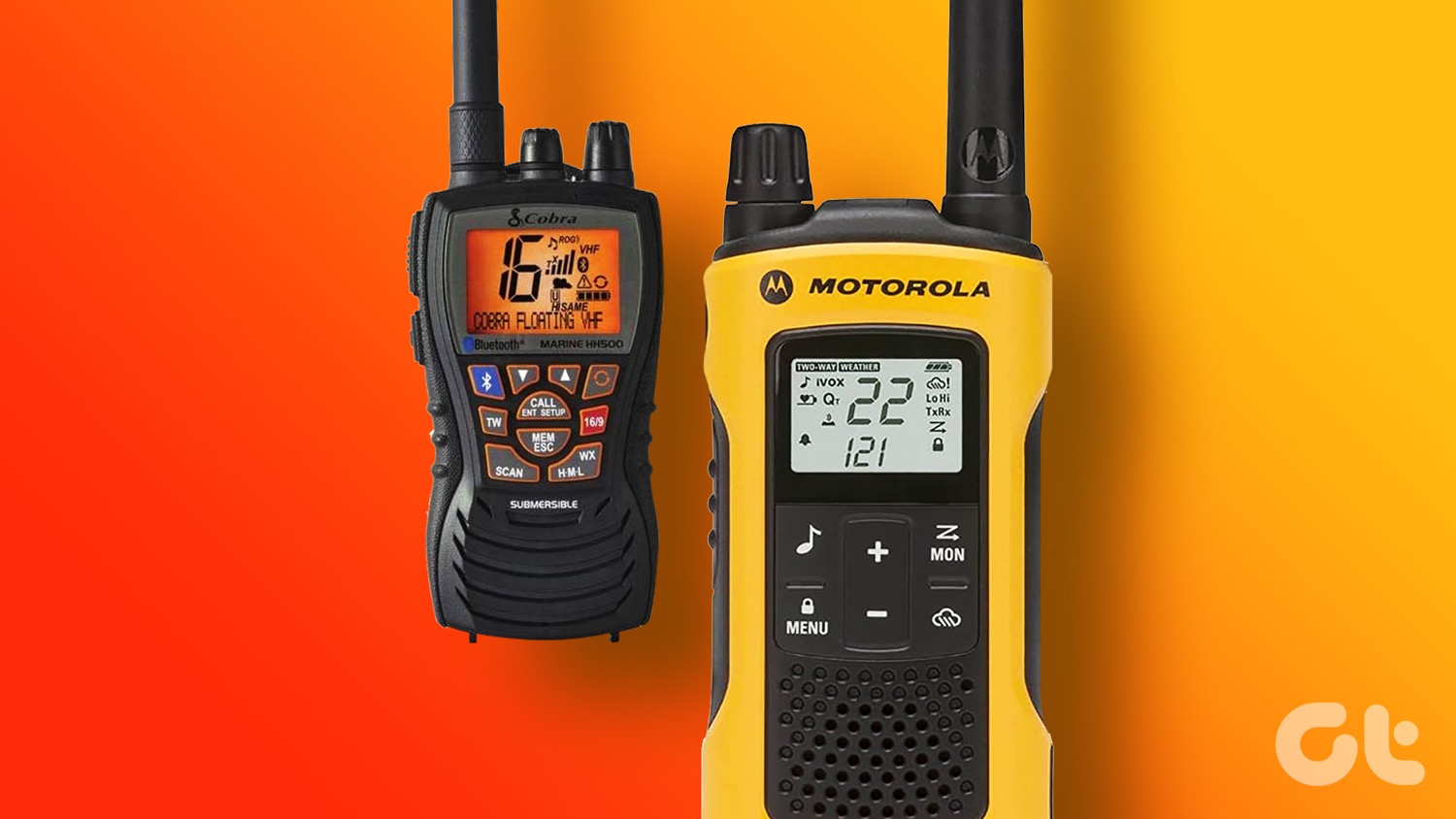It’s a simple film-based point-and-shoot camera that delivers small credit-card-sized photos, just like its competitor. Naturally, it can be a little challenging to pick between the two. We will help you choose between the Polaroid Go and the Fujifilm Instax Mini 11. So, without further ado, let’s get started.
Here are the best digital photo frames with music Looking for smartwatches for kids? Take a look at the best ones here Fujifilm Instax Mini 11 vs Polaroid Snap: Which instant camera is better
Design and Specs
The Instax Mini 11 looks similar to the Mini 9. However, Fujifilm has shaved off the extras to present a slim and sleek version of the Mini. It’s still a little boxy when compared to Polaroid Now. It may be a bit difficult to hold the camera for younger kids.
That said, the design is straightforward. The lens, viewfinder, and film cavity are at the back, and the selfie mirror, shutter mirror, and flash are at the front. The best part? It is available in several cool pastel shades. And even though it packs a boxy look, the shape is contoured to fit into your hands’ curves.
The main highlight of the Polaroid Mini is its compact look. Naturally, it fits well in both adult and young children’s hands. If we talk numbers, this one measures just about 4.1 x 3.3 x 2.4-inches. In terms of looks, it resembles the Polaroid Now. The viewfinder and the film counter are at the back, whereas the flash, lens, and photo lip are at the front. Above all, the signature rainbow lines run down the main body.
It produces neat credit card-sized images. And all you need to do is frame your shot and press the large red button at the top.
Cool Features
The good thing about the Fujifilm Mini 11 instant camera is that you can do away with the hassles of exposure control. It comes with automatic exposure functionality, and you can shoot both during the day and night without worrying about exposure control.
Another neat mode is the selfie mode. You’ll need to pull out the lens barrel a bit to click cool selfies. As noted earlier, it comes with a selfie mirror to check your pose (and frame) and capture the image accordingly. The selfie mode also lets you click close-focus shots. And the variable focus ensures that the background is slightly blurred when you click photos. Lastly, the Fujifilm Mini 11 doesn’t allow you to switch the film type in the middle. That means, it’s necessary to check an entire film roll before switching to a different style. When it comes to selfies, even the Polaroid Go can help you click cool ones, thanks to the wide lens. You can also click 2-person selfies if the need arises. The Go’s viewfinder also doubles as a selfie mirror. That ensures that you can see your frame before hitting the shutter button. Surprisingly, it also has a selfie timer. Another cool feature is the double exposure mode. While these double exposure may not be as magical as the ones you create with photo editing apps, you’ll still get that retro look. To create double-exposure photos, press the Flash twice.
Charging Methods and Battery Life
One of the main differences between the Polaroid Go and the Fujifilm Mini 11 is the battery type. While the Instax Mini 11 runs on AA batteries, the Polaroid Go comes with a rechargeable battery. You may use a micro USB cable to power the rechargeable battery. The Polaroid Go can see you through 15 packs of film at full charge. Each packet has 8 photos. On the other hand, the Instax Mini 11 yields can go through five 20-pack films. Each pack has 11 films.
Performance
Before we get any further, let us tell you that instant camera photos are not the same quality as a digital camera or smartphone photos. Instead, they lend a retro look with muted colors and less-than-sharp photos. The same is true of the Fujifilm Instax Mini 11 and the Polaroid Go. The Instax Mini 11 photos are pleasing to look at. They have bright and vivid colors. You’ll need to adjust the brightness accordingly. If the room is dimly lit, the photos may appear dark. Thankfully, the exposure control works well and daylight photos and skies and bright backgrounds do not appear burnt. When it comes to the cost, a basic 2-pack Instax Mini film pack costs about $13.98. A single photo costs approximately $0.70. However, the cost may vary with the type of film. At the same time, the Polaroid Go delivers slightly muted pictures. But the best part is that photos appear dreamlike and have a dramatic effect. And the image you see on the viewfinder gets printed on the photo. The Polaroid Go instant camera uses special Go films. A pack of 2 color films costs about $19.99, and a single photo costs around $1.25.
Polaroid Go vs Fujifilm Instax Mini 11
So, which instant camera should you buy? If you want to keep things easy, then the Fujifilm Instax Mini 11 is your best bet. The films are easy to find. Plus, the price per photo is not expensive either. At the same time, the photo quality may not be the same as a digital camera, but they appear pleasant with sharp colors. On the other hand, the Polaroid Go is the one for you if you want to experiment with the small size of instant cameras. The credit card-sized photos are not the most accurate but are vibrant and bright. However, the Go films are expensive and are best suitable for a hobby. The above article may contain affiliate links which help support Guiding Tech. However, it does not affect our editorial integrity. The content remains unbiased and authentic.













